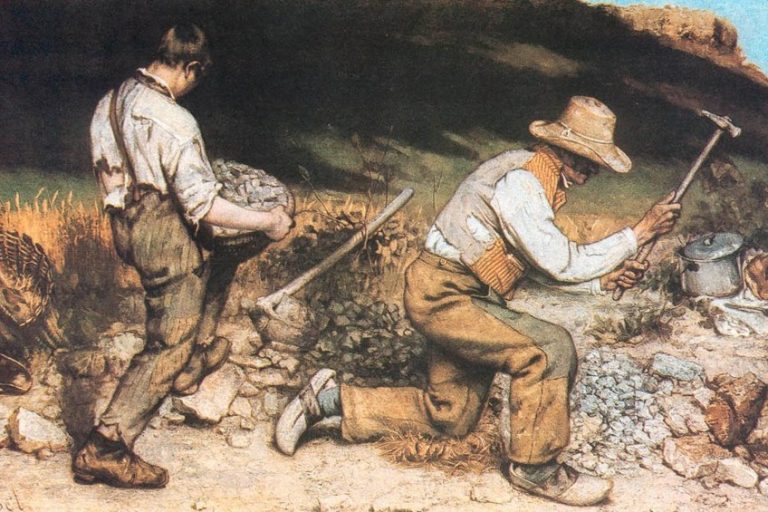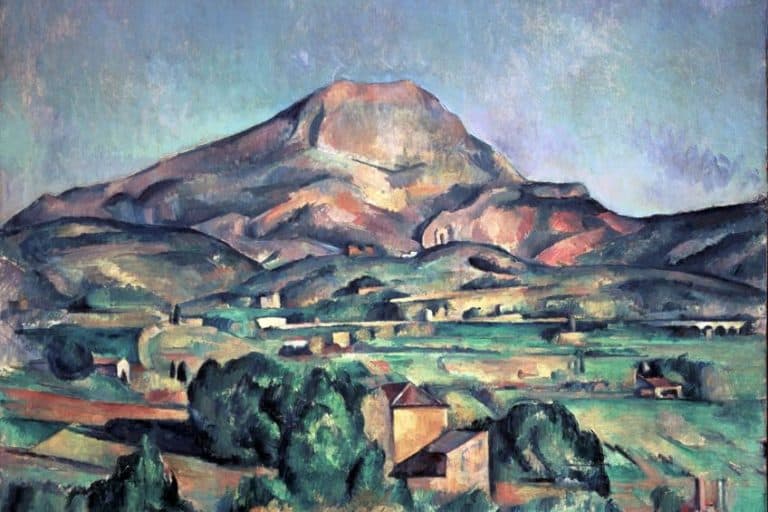“Blue Horse I” by Franz Marc – The Power of Blue
Blue Horse I, painted by Franz Marc in 1911, is a seminal work of German Expressionism that exemplifies Marc’s unique vision and his deep connection to the natural world. As a co-founder of the Blue Rider (Der Blaue Reiter) group, Marc sought to convey spiritual truths through the use of bold colors and abstracted forms, departing from traditional representations of animals. The blue horse, central to the composition, is depicted in a serene and almost otherworldly manner, reflecting Marc’s belief in the spiritual purity and innocence of animals. This painting not only showcases Marc’s innovative use of color symbolism—where blue represents spirituality and masculinity—but also marks a pivotal moment in the evolution of modern art, where emotional expression and subjective experience became central to artistic creation.
Key Takeaways
- Blue Horse I by Franz Marc is a seminal work of German Expressionism.
- Marc co-founded Der Blaue Reiter, reshaping the art world with symbolic and emotional depth.
- The painting is housed at the Städtische Galerie im Lenbachhaus in Munich.
Context and Artist Background
| Artist | Franz Marc (1880 – 1916) |
| Date Created | 1911 |
| Medium | Oil on canvas |
| Genre | Expressionism |
| Period/Movement | Der Blaue Reiter |
| Dimensions (cm) | 112 x 84.5 |
| Series/Versions | N/A |
| Where Is It Housed? | Städtische Galerie im Lenbachhaus, Munich, Germany |
| What It Is Worth | Not for sale |
Franz Marc’s Blue Horse I stands as a captivating masterpiece in the realm of German Expressionism. Painted in 1911, it is an oil on canvas that embodies Marc’s unique use of color theory to evoke emotion. This painting is not just a depiction of a horse but an exploration of spirituality and purity through the use of vibrant blue hues.
Marc was a leading figure in the group Der Blaue Reiter, which he co-founded with Wassily Kandinsky.
Their collaboration challenged traditional artistic norms, bringing forward a wave of avant-garde art that sought to express deeper emotional and symbolic meanings. Blue Horse I is a seminal piece in this movement, illustrating Marc’s belief in the spiritual connection between animals and art.
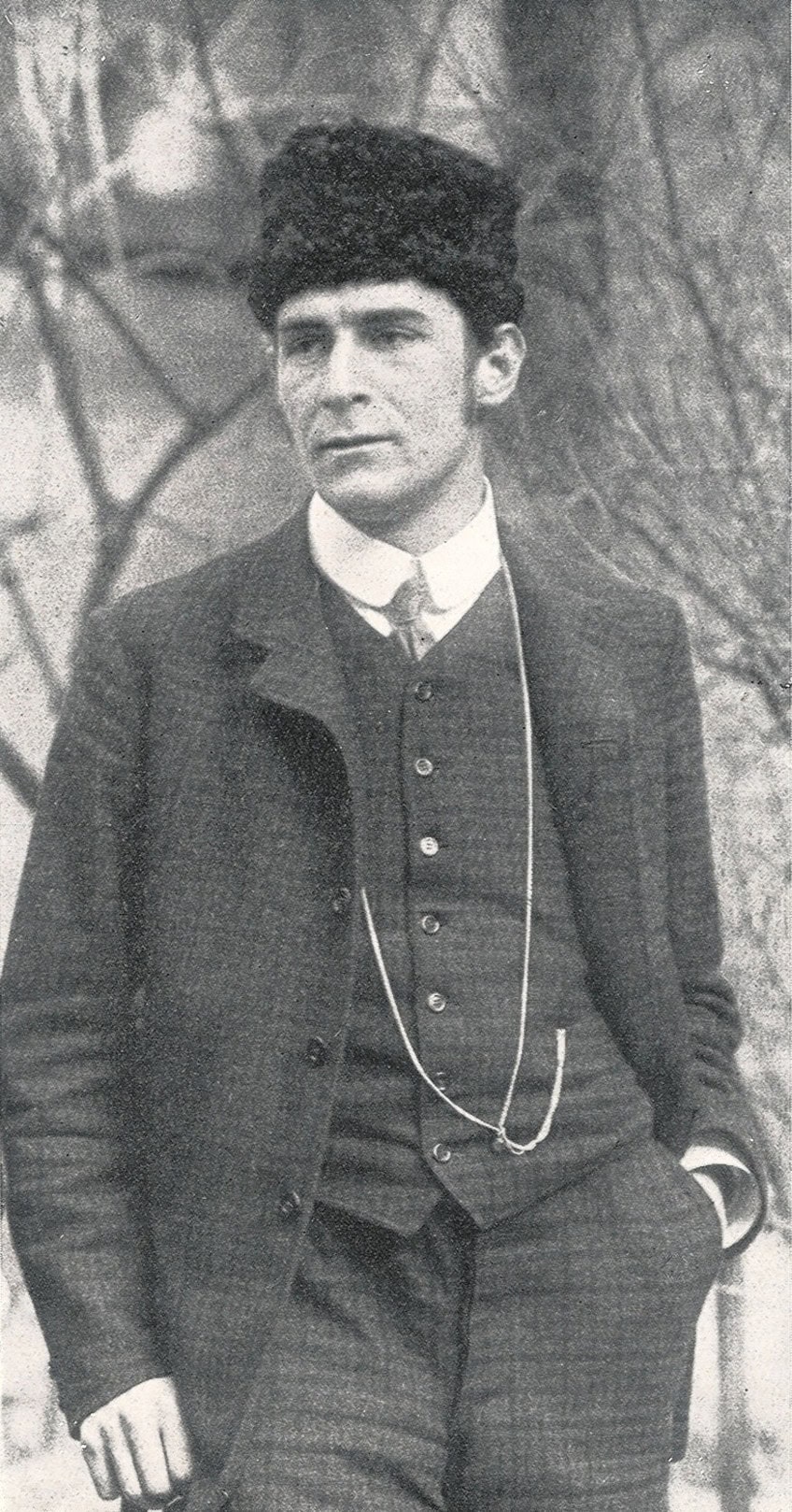
The painting currently resides at the Städtische Galerie im Lenbachhaus in Munich. Its enduring allure and significance in the art world make it a must-see for visitors and a prime subject of study for art enthusiasts. Through Blue Horse I, Marc’s legacy continues to inspire and provoke thought in the realm of modern art.
The Emergence of The Blue Rider
The Blue Rider group formed in Munich around 1911. It was initiated by Marc and Kandinsky, who both shared a vision of art that transcended the material world. They believed that colors and forms could convey deep emotional and spiritual experiences.
The group included a variety of artists who contributed to exhibitions and a publication that bore the same name. Their work had significant influence on the evolution of modern art in Europe.
Franz Marc’s Artistic Philosophy
Franz Marc’s artistic philosophy centered on spirituality in nature. Influenced by his studies in Paris, Marc saw a profound spiritual connection in the animal kingdom, which he believed was purer than human society. His color theory assigned symbolic meanings to different hues. For instance, blue represented masculinity and spirituality.
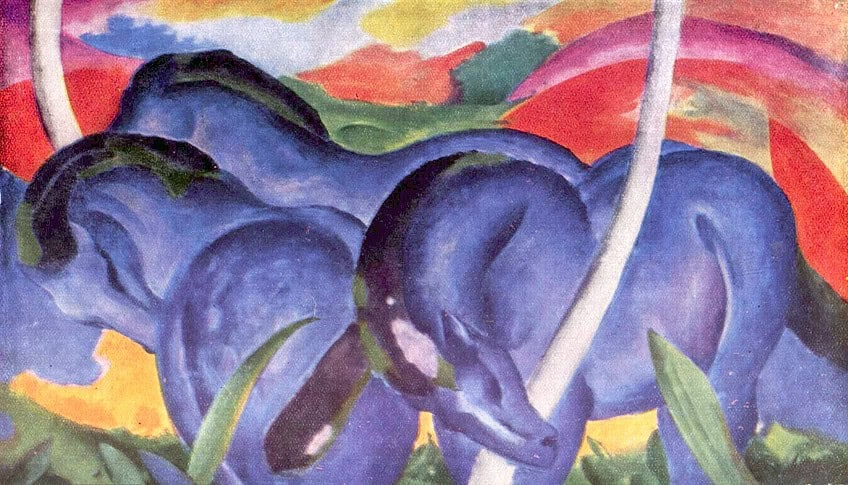
Marc’s vision aimed to bridge the gap between the visible world and the inner spiritual life, making his works resonant and contemplative. The expression of these ideas is vividly captured in Blue Horse I, which showcases a blend of Marc’s artistic style and spiritual ideology. Painted in 1911, this work encapsulates the essence of the Blue Rider movement.
Historical Impact and Legacy
Blue Horse I by Franz Marc holds a pivotal place in art history. Its influence is deeply felt in several art movements and its narrative became even more poignant after World War I.
Influence on Art Movements
Blue Horse I significantly influenced the German Expressionist Movement. Marc’s use of vivid colors and emotional expression contributed to defining characteristics of this genre. His color theory, where blue symbolized masculinity and spirituality, shaped many artists’ approaches.
The painting also intersected with Cubism and Futurism, two leading 20th-century movements.
Marc’s fragmented forms and dynamic composition echoed the ideas of these movements, blending elements to create impactful visual experiences. His work extended beyond painting, influencing architecture, dance, sculpture, and cinema within German Expressionism.
World War I and Aftermath
World War I had a profound impact on Franz Marc and his legacy. As a German soldier, Marc was deeply affected by the conflict, and he was tragically killed at the Battle of Verdun in 1916. His premature death at the age of 36 cut short a promising career.

Despite this, Marc’s work, including Blue Horse I, gained renewed significance posthumously. The loss and destruction of the war period underscored his emotional and spiritual explorations in art. The legacy of his work continued to inspire, especially in the post-war reflection on trauma and recovery, leaving an indelible mark on the 20th-century art narrative.
Analysis of Blue Horse I
Franz Marc’s Blue Horse I is a seminal piece that combines vivid symbolism with meticulous composition. Through his use of color and form, Marc communicates deep themes of spirituality and connection with nature.
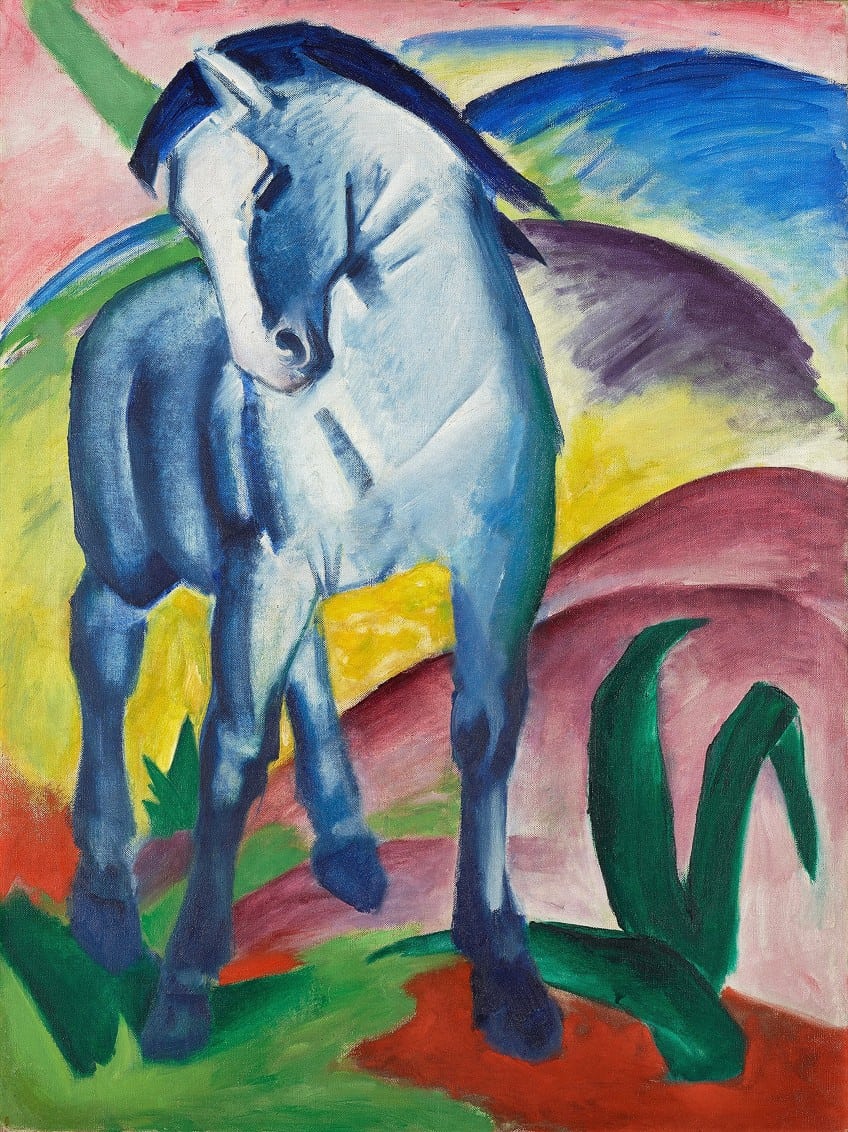
Symbolism and Color Theory
The color blue in Blue Horse I holds significant symbolic weight. For Marc, blue represented masculinity and spirituality. The choice of this hue conveys a sense of tranquility and introspection. Unlike naturalistic representations, Marc’s blue horse embodies an ideal rather than a real-life animal.
This departure from reality enhances the painting’s mystic and avant-garde qualities.

The horse itself symbolizes freedom and purity. Animals often appear in Marc’s work as emblems of a harmonious natural world, unfettered by industrialization. In Blue Horse I, the solitary horse stands as a poignant figure of solitary spiritual search, reduced to its elemental essence through color and form.
Composition and Form
The composition of Blue Horse I is both dynamic and simple. Marc uses oil on canvas to create an interplay of light and shadow that gives the horse a floating, almost ethereal quality. The horse, rendered in solid blue, contrasts sharply with the abstract background, creating a visual tension that draws the viewer’s gaze.
Marc’s use of simplified forms and geometric shapes abstracts the horse from its natural environment. The horse’s posture, with its head tilted slightly, conveys a sense of introspection and melancholy.

This form not only highlights the animal’s grace but also its role as a spiritual being, existing in a space that is part of, yet distinct from, the natural world. Through these artistic choices, Marc’s Blue Horse I becomes more than just a depiction of an animal; it is a profound exploration of spirituality and the human condition through the medium of nature.
Preservation and Exhibition
Blue Horse I by Franz Marc is an oil painting that has garnered significant international acclaim. This section will focus on its preservation at the Städtische Galerie im Lenbachhaus and its recognition around the world.
Städtische Galerie im Lenbachhaus
The Städtische Galerie im Lenbachhaus in Munich, part of the city’s Kunstareal (Museum Quarter), houses Blue Horse I. This institution has taken significant measures to preserve this iconic painting. It showcases the work in climate-controlled environments, ensuring the longevity of Marc’s vivid colors and bold brush strokes.
The museum’s comprehensive conservation efforts include regular assessments by experts, who monitor the painting’s condition.
Protection from direct light, average humidity levels, and temperature control are diligently maintained. Furthermore, security protocols are robust to safeguard the artwork from theft or damage, underscoring the value placed on this masterpiece.
International Recognition
Blue Horse I has achieved significant international recognition, not only within Germany but across the globe. Exhibitions at venues such as the Walker Art Center in Minneapolis highlight its worldwide appeal. These shows have introduced Marc’s daring use of color and form to diverse audiences, deepening appreciation for Expressionism.

The painting’s inclusion in international retrospectives and traveling exhibitions speaks to its enduring impact on the art world. Its symbolism, representative of Marc’s aspirations and beliefs, resonates with viewers on multiple levels. Preservation efforts ensure that future generations can continue to experience the cultural and historical significance of this remarkable piece.
Blue Horse I remains a powerful testament to Franz Marc’s vision of a harmonious, spiritual connection between humans and nature. Through its vivid color palette and stylized depiction of the horse, the painting transcends mere representation, inviting viewers to explore deeper emotional and spiritual dimensions. Marc’s innovative approach, as seen in this work, not only challenged traditional artistic norms but also contributed to the broader Expressionist movement, paving the way for future explorations of abstraction and color symbolism in modern art. Today, Blue Horse I endures as an iconic piece that continues to inspire and captivate, embodying Marc’s enduring legacy and his quest to reveal the soul of the natural world.
Frequently Asked Questions
What Is the Significance Behind the Color Choice in Franz Marc’s Blue Horse I?
Franz Marc’s use of blue in Blue Horse I symbolizes spirituality and serenity. Marc believed blue had a connection to masculinity and the spiritual realm. The horse, painted in vibrant blue, reflects Marc’s vision of animals possessing a higher spiritual status.
How Does Blue Horse I Relate to the Artist’s Philosophical Beliefs?
Marc viewed animals as more pure and spiritual than humans. Blue Horse I embodies his belief in the spiritual value of nature and animals. He used bold, unnatural colors to express the inner essence and emotion of his subjects, rather than their outward appearances.
What Are the Key Elements of Expressionism Reflected in Blue Horse I?
Blue Horse I exhibits fundamental characteristics of expressionism such as bold colors, emotional intensity, and a focus on subjective experience. Marc’s combination of vibrant hues and dynamic composition aims to evoke the viewer’s emotions and inner feelings rather than offering a literal depiction of reality.
How Does Blue Horse I Fit Within Franz Marc’s Body of Work?
Blue Horse I is part of Franz Marc’s broader exploration of animals and their spiritual significance. It aligns with the themes of the artist group Der Blaue Reiter, which Marc co-founded. This painting is a prime example of Marc’s innovative approach and his contribution to early 20th-century avant-garde art.
Isabella studied at the University of Cape Town in South Africa and graduated with a Bachelor of Arts majoring in English Literature & Language and Psychology. Throughout her undergraduate years, she took Art History as an additional subject and absolutely loved it. Building on from her art history knowledge that began in high school, art has always been a particular area of fascination for her. From learning about artworks previously unknown to her, or sharpening her existing understanding of specific works, the ability to continue learning within this interesting sphere excites her greatly.
Her focal points of interest in art history encompass profiling specific artists and art movements, as it is these areas where she is able to really dig deep into the rich narrative of the art world. Additionally, she particularly enjoys exploring the different artistic styles of the 20th century, as well as the important impact that female artists have had on the development of art history.
Learn more about Isabella Meyer and the Art in Context Team.
Cite this Article
Isabella, Meyer, ““Blue Horse I” by Franz Marc – The Power of Blue.” Art in Context. September 25, 2024. URL: https://artincontext.org/blue-horse-i-by-franz-marc/
Meyer, I. (2024, 25 September). “Blue Horse I” by Franz Marc – The Power of Blue. Art in Context. https://artincontext.org/blue-horse-i-by-franz-marc/
Meyer, Isabella. ““Blue Horse I” by Franz Marc – The Power of Blue.” Art in Context, September 25, 2024. https://artincontext.org/blue-horse-i-by-franz-marc/.








